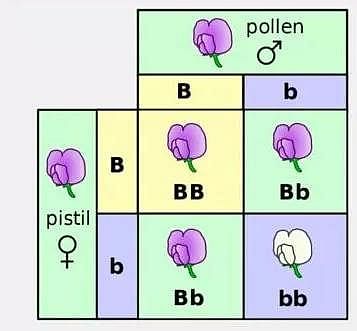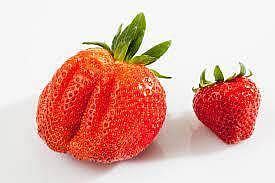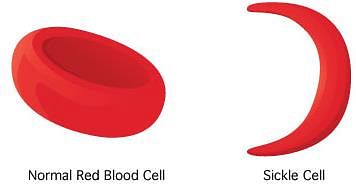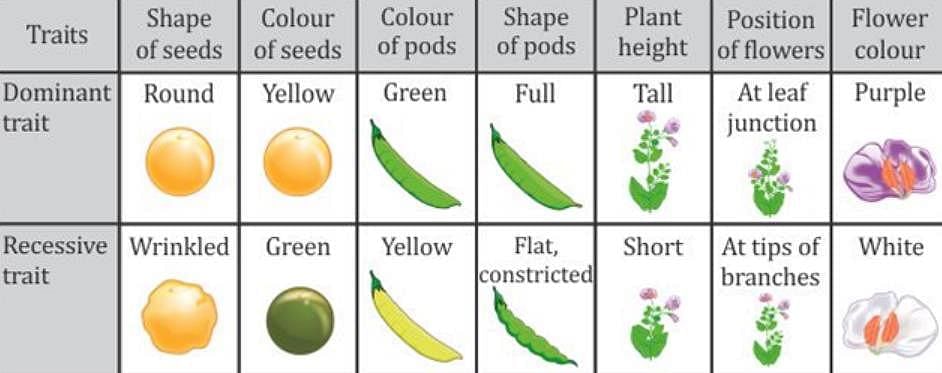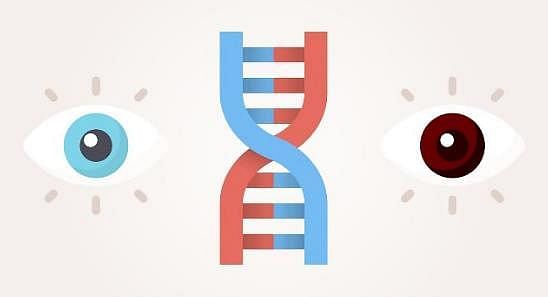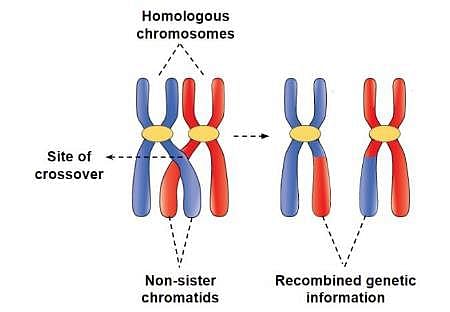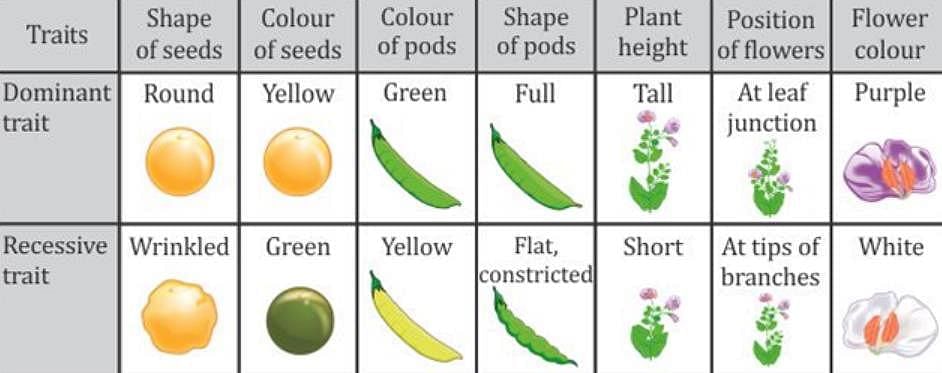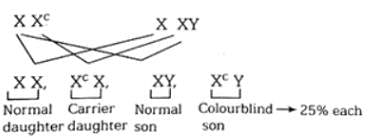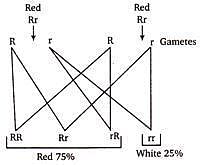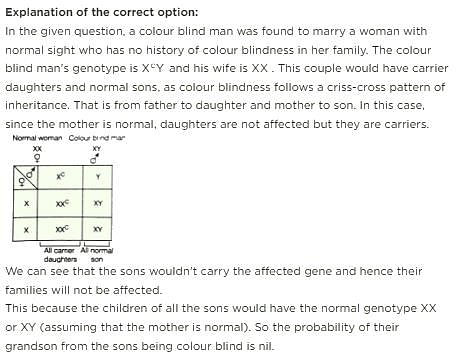31 Years NEET Previous Year Questions: Principles of Inheritance & Variation - 1 - NEET MCQ
20 Questions MCQ Test Biology Class 12 - 31 Years NEET Previous Year Questions: Principles of Inheritance & Variation - 1
The production of gametes by the parents, formation of zygotes, the F1 and F2 plants, can be understood from a diagram called: [2021]
Experimental verification of the chromosomal theory of inheritance was done by: [2020]
| 1 Crore+ students have signed up on EduRev. Have you? Download the App |
The frequency of recombination between gene present on the same chromosome as a measure of the distance between genes was explained by [2019]
A cell at telophase stage is observed by a student in a plant brought from the field. He tells his teacher that this cell is not like other cells at telophase stage. There is no formation of cell plate and thus the cell is containing more number of chromosomes as compared to other dividing cells. This would result in: [2016]
In a testcross involving F1 dihybrid flies, more parental-type offspring were produced than the recombinant-type offspring. This indicates ______. [2016]
Pick out the correct statements : [2016]
(a) Haemophilia is a sex-linked recessive disease.
(b) Down's syndrome is due to aneuploidy.
(c) Phenylketonuria is an autosomal recessive gene disorder.
(d) Sickle cell anaemia is a X-linked recessive gene disorder.
Match the terms in Column-I with their description in Column-II and choose the correct option : [2016]

A tall true breeding garden pea plant is crossed with a dwarf true breeding garden pea plant. When the F1 plants were selfed the resulting genotypes were in the ratio of: [2016]
Which of the following most appropriately describes haemophilia ? [2016]
In the following human pedigree, the filled symbols represent the affected individuals. Identify the type of given pedigree. [2015 RS]

In his classic experiments on pea plants, Mendel did not use: [2015 RS]
Alleles are : [2015 RS]
Which is the most common mechanism of genetic variation in the population of sexually reproducing organism? [2015 RS]
How many pairs of contrasting characters in pea plants were studied by Mendel in his experiments ? [2015 RS]
Fruit colour in squash is an example of: [2014]
In a population of 1000 individuals 360 belong to genotype AA, 480 to Aa and the remaining 160 to aa. Based on this data, the frequency of allele A in the population is: [2014]
A man whose father was colour blind marries a woman who had a colour blind mother and normal father. What percentage of male children of this couple will be colour blind? [2013]
If two pea plants having red (dominant) coloured flowers with unknown genotypes are crossed, 75% of the flowers are red and 25% are white. The genotypic constitution of the parents having red coloured flowers will be: [2013]
A colour blind man marries a woman with normal sight who has no history of colour blindness in her family. What is the probability of their grandson being colour blind? [2012]
Conditions of a karyotype 2n +1, 2n –1 and 2n + 2, 2n – 2 are called: [2012]
|
87 videos|294 docs|185 tests
|


